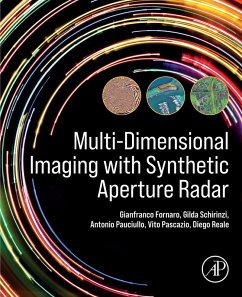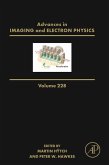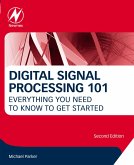Multi-Dimensional Imaging with Synthetic Aperture Radar: Theory and Applications provides a complete description of principles, models and data processing methods, giving an introduction to the theory that underlies recent applications such as topographic mapping and natural risk situational awareness - seismic-tectonics, active volcano, landslides and subsidence monitoring - security, urban, wide area and infrastructure control. Imaging radars, specifically Synthetic Aperture Radar (SAR), generally mounted onboard satellites or airplanes, are able to provide systematic high-resolution imaging of the Earth's surface. Recent advances in the field has seen applications to natural risk monitoring and security and has driven the development of many operational systems.
- Explains the modeling and data processing involved in interferometric and tomographic SAR
- Shows the potential and limitations of using SAR technology in several applications
- Presents the link between basic signal processing concepts and state-of-the-art capabilities in imaging radars
- Explains the use of basic SAR processing tools and datasets
Dieser Download kann aus rechtlichen Gründen nur mit Rechnungsadresse in A, B, BG, CY, CZ, D, DK, EW, E, FIN, F, GR, HR, H, IRL, I, LT, L, LR, M, NL, PL, P, R, S, SLO, SK ausgeliefert werden.









